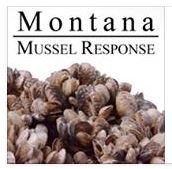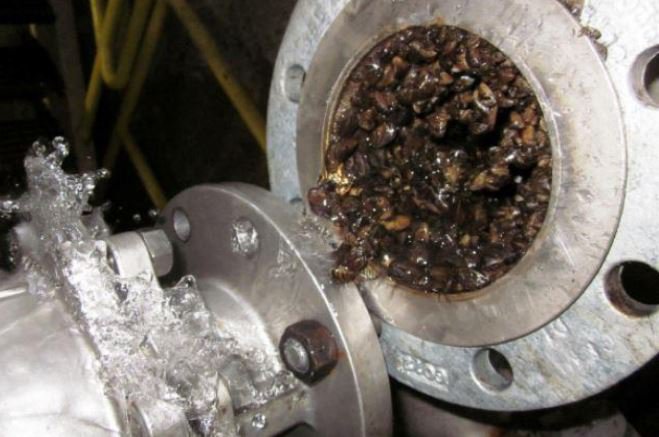Mussel Strategy
Montana aims to coordinate statewide efforts to detect, contain, and control invasive freshwater mussels
- January 23, 2017
- John Harrison

The state of Montana is strengthening its response to the threat of invasive zebra and quagga mussels, moving from an emergency response to the detection of mussel larvae in the state last fall to a new implementation strategy to detect, contain, and control the invaders if they take hold.
Developed by the state departments of fish, wildlife and parks and natural resources and conservation, the Invasive Mussel Framework Implementation Strategy recommends increasing the number of inspection and decontamination stations on roads leading into the state from 17 to 34 to catch infected watercraft before they can be launched; increasing sampling of water bodies; ensuring adequate funding for staffing, research, and public information; coordinating with other state programs to detect and control invasive species; and developing a rapid-response plan to be ready if a threat materializes. The state also will consider restrictions and closures of water bodies as necessary if mussels are detected.

A water pipe clogged with invasive mussels.
Last fall, larvae from quagga and zebra mussels were confirmed in water samples from the Tiber Reservoir, located on a Missouri River tributary in eastern Montana, and ongoing sampling found more “suspect” samples in Montana water bodies east of the Continental Divide including the Canyon Ferry Reservoir, Missouri River and Milk River. Consequently, Governor Steve Bullock issued an executive order giving the several state fish, wildlife and water agencies and the Montana Invasive Species Advisory Council responsibility for controlling and containing mussels.
The freshwater pests, which can survive out of water for several weeks, adhere to watercraft and can be transported from infected lakes and rivers. Once they take hold, colonies expand rapidly and form solid blocks of shells that can clog water intakes on submerged infrastructure including dock pilings, irrigation intakes, and hydroelectric dams. It has been estimated that the combined economic impact of a Northwest-wide infestation (including British Columbia) could be nearly $600 million per year.
Watercraft inspection stations, funded and operated by the four Northwest states, and located along roadways leading into the region, have been effective at catching and cleaning infected watercraft, but more money is needed to boost the effort. The Council supported additional federal funding in a November 29, 2016 letter to the commander of the U.S. Army Corps of Engineers Northwestern Division, based in Portland.
More information on Montana’s strategy is posted at http://musselresponse.mt.gov/
Related: Washington Invasive Species Council launches app for smartphone, tablets, and computers to report sightings of unusual fish, plants, insects, and other species: http://www.rco.wa.gov/doc_pages/press/2017/165.shtml



